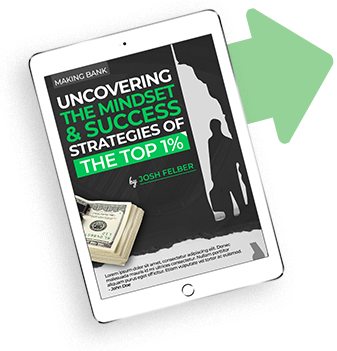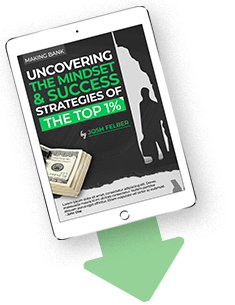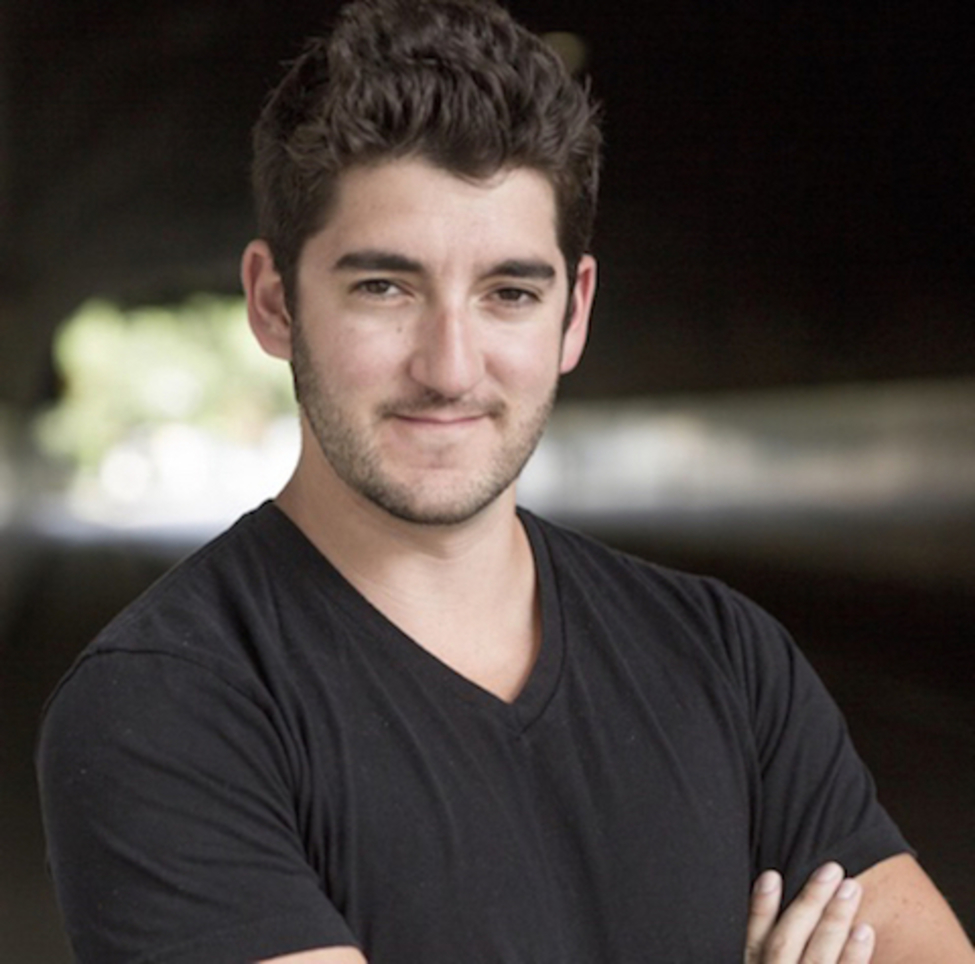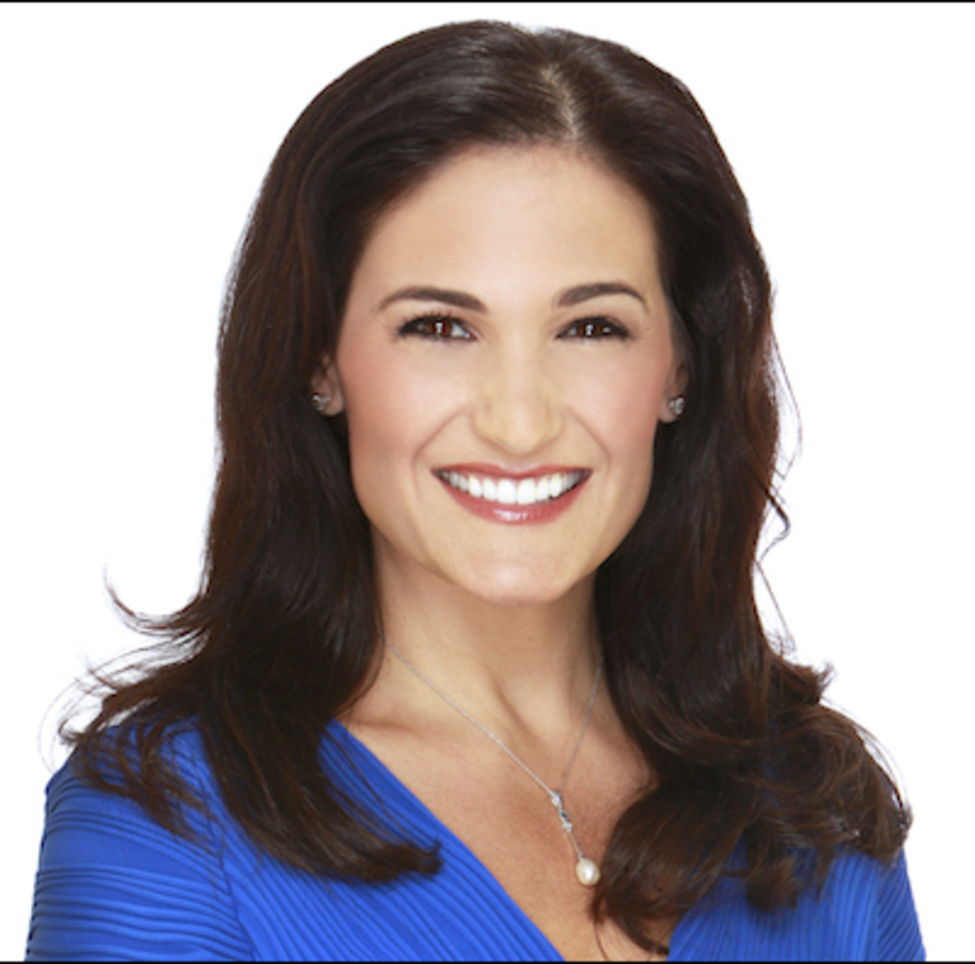How to Deconstruct Bad Habits, Unwanted Commitments, and Inhibiting Beliefs
with Dr. Garland Vance
Video:
Audio:
The scramble to keep up with your commitments and busy schedule can be a never-ending cycle. The busier you are, the more stressed you are; the more stressed you are, the more you try to hurry through your commitments just to catch your breath. Learn how to escape “busy-ness” and create a peaceful “unbusy” life of fulfillment and purpose instead.
Dr. Garland Vance has been helping people and teams get clarity about their life and leadership for over 20 years. He’s an author, speaker, consultant, and pastor. Garland and his wife, Dorothy, co-founded Advance Leadership to help high-capacity leaders and organizations live and lead with purpose, productivity, and peace. He’s the author of “Gettin’ Unbusy,” which Forbes named as one of the “Seven Books Everyone on Your Team Should Read.” Through his innovative techniques to becoming “unbusy,” he’s helped his clients stress less and accomplish more while fulfilling their highest priorities.
During his interview on the Making Bank podcast, Garland shares his detailed research into the psychology of “busy-ness” along with his top tips to guide you into a life of peace, purpose, and productivity. He shares advice for letting go of commitments you don’t enjoy, how to steer away from burnout, and how to enjoy the life that you have every single day.
Why Deconstruct?
In Dr. Garland’s research, he found some of the biggest strains on individuals experiencing high levels of stress from busy-ness were mental and relational stressors.
The mental stressor is an endless feedback loop he calls the “hurry, worry, scurry” cycle. “Hurry” is feeling like you have to go fast, you have to be extremely efficient, or you’ll never get everything done. Hurry leads to “worry,” because the faster we ask our bodies and minds to perform for us, the more anxious we feel. We begin to think in terms of scarcity: I don’t have enough time, I don’t have enough resources, etc. Worry then leads to “scurry,” which is when we’re so frazzled we can’t focus on anything for long periods of time because our mind is moving at such a rapid pace. Scurry turns back into hurry, and the busy-ness cycle repeats over and over.
One of the main relational impacts of busy-ness is a phenomenon Garland calls depersonalization. Depersonalization is a symptom of busy-ness that causes you to begin to feel resentment toward the relationships that matter most to you, because you subconsciously feel these relationships are taking away precious time from your too-busy schedule. Depersonalization is one of the stages of burnout, and is a major sign that your stress and anxiety levels are way too high.
The Three Big Inhibiting Beliefs
Dr. Garland says there are three main inhibiting beliefs that keep someone trapped in a state of busy-ness: “I need to be more, I need to do more, I need to get more.”
Take the time to sit with these beliefs and really unpack them. Address your mindset around these big three statements. Do any of them ring true for you? Why? Can you unravel any threads caught in those beliefs, can you poke any holes? It may not be a fun process to come face-to-face with your own doubts, but it is crucial to making your new unbusy lifestyle really stick. If these beliefs go unaddressed and you still believe on some level that you need to be more, do more, or get more, the healthy changes you try to implement will fall flat.
Get Clear on Your Bad Habits
The next area to deconstruct are your bad habits. Many of us have a bad habit of saying “yes” too easily and too often. Garland reminds listeners of Warren Buffet’s famous idea that the difference between successful and highly successful people is that highly successful people say “no” to almost everything. Unbusy people are comfortable saying “no” far more than they say “yes.” When you say “yes” too much, you end up with more commitments on your plate, and the cycle of busy-ness starts over again. Be intentional with your time, and practice saying “no” if that’s a bad habit you know you have.
Commit to Uncommitting
Garland’s last step in deconstructing what leads to your busy-ness is to get clear about everything you’ve already committed to. He explains an exercise he does with clients called “Commit to Uncommitting,” where he asks clients to write a list of every single project, event, team, meeting, chore, errand, or calendar item they’ve committed to. He says “people are shocked” by how long their list usually is, often adding up to 100–300 separate commitments.
Then, next to each item on your list of commitments, write an estimate of how much time that item takes in your life. Next to your time estimates, draw either a smiley face, a sad face, or a “meh” straight-line face for each commitment. For every sad face and “meh” face commitment, Garland says you have to make one of four decisions: you delete that commitment from your life, you delegate it to someone else, you negotiate exchanging commitments with someone else, or you decide to accept and claim that commitment for what it is.
Once you’ve audited all your existing commitments and have reevaluated how much time they take, how much joy they bring you, and whether you want to stay committed to each of them, you are on your way to an unbusy life because you know you’re completely in control and at peace with your decisions.
Topics
- Accelerated Learning
- Artificial Intelligence
- Become Present
- Blockchain
- Branding
- Business
- Education
- Entrepreneurship
- Family
- Finance
- Health
- Health & Wellness
- Internet Marketing
- Investing
- Leadership
- Lifecoach
- Marketing
- Negotiation
- Performance
- Productivity
- Publicity
- Real Estate
- Sales
- Sales Success Habits
- Video Marketing
- Writing

















